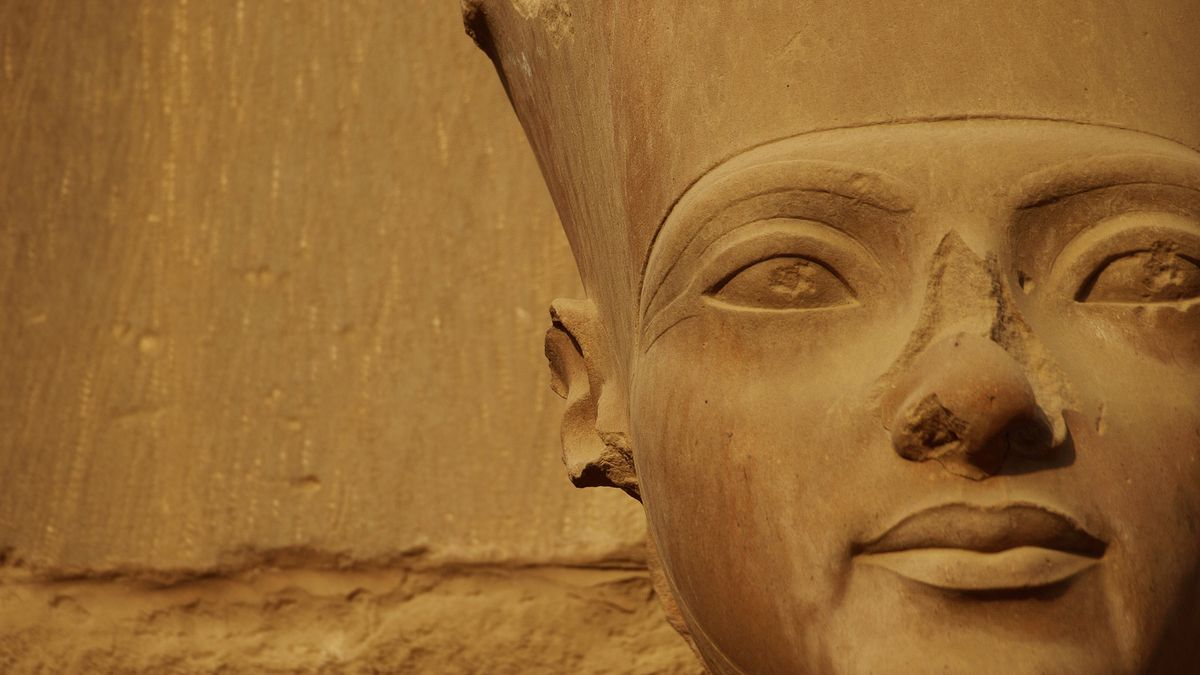Ancient Egypt: History, dynasties, religion and writing

A Journey Through Time: Unraveling the Mysteries of Ancient Egypt
The Enduring Legacy of a Timeless Civilization
For over three millennia, from 3100 B.C. to 30 B.C., ancient Egypt reigned supreme as one of North Africa's most influential civilizations. The echoes of its power resonate even today in the countless monuments, texts, and artworks that continue to captivate scholars and ignite our imaginations.
But the story of Egypt doesn't begin or end with these dates. It's a narrative woven through time, a civilization that predates its "golden age" and has persisted long after its pharaohs faded into history. While its rulers, language, and even its climate have transformed over millennia, Egypt endures as a vibrant nation.
Ancient Egypt wasn't an isolated kingdom; it was a hub of cultural exchange. It pulsed with the flow of goods, religions, foods, and ideas from across the known world. Its influence stretched far beyond its modern borders, encompassing territories now part of Sudan, Cyprus, Lebanon, Syria, Israel, and Palestine. Even conquest by Persians, Nubians, Greeks, and Romans couldn't extinguish its spirit.
The Black Land: A Gift from the Nile
Known to its people as "Kemet," meaning "black land," ancient Egypt owed its lifeblood to the fertile soil deposited by the annual flooding of the Nile River. This fertile black soil not only sustained the population but also permeated their religious beliefs, where fertility played a central role.
The rulers of this land, whom we now call "pharaohs," held a divine status. While "pharaoh," derived from the term "per-aa" (meaning "the Great House"), wasn't initially a formal title, it eventually became synonymous with royal authority, first adopted by Thutmose III during his reign (circa 1479-1425 B.C.).
From Hominids to Hieroglyphs: Egypt's Prehistoric Dawn
The first steps of hominids on Egyptian soil remain shrouded in the mists of time. Archaeological evidence suggests that villages sprung up around 7,000 years ago, and the dawn of writing – the intricate hieroglyphs – illuminated Egyptian life around 5,200 years ago. Inscriptions from this era unveil early rulers like Iry-Hor, the purported founder of Memphis, and Queen Neith-Hotep, a powerful regent.
The process of unification, the merging of Upper and Lower Egypt, is still debated, but the image of pharaohs adorned with the double crown symbolizes this pivotal union, a physical manifestation of the joined kingdoms.
Ancient Egypt was once a much wetter place, evidenced by the evocative "Cave of Swimmers" rock art, a testament to a time when the now-barren desert bloomed. This verdant period ended around 5,000 years ago, giving way to the arid landscape we recognize today.
Dynasties and Decline: The Rise and Fall of Kingdoms
The familiar division of Egyptian history into 30 (or 31) dynasties is a later construct, initiated by the Egyptian priest Manetho in the 3rd century B.C. While useful, these dynasties are just one way of understanding the complex flow of Egyptian history.
From the Old Kingdom, the age of pyramid-building, through the Middle Kingdom’s resurgence and literary flourishing, and into the New Kingdom's imperial power, Egyptian civilization experienced periods of both greatness and vulnerability. Internal strife, climate change, and external pressures like the invasion of the Hyksos contributed to periods of decline and instability.
The Late Period saw Egypt fall under the sway of foreign powers – Nubians, Persians, and Assyrians – before finally succumbing to Alexander the Great and the Ptolemaic dynasty, culminating in the dramatic reign of Cleopatra VII.
Gods, the Afterlife, and Shifting Sands of Faith
The ancient Egyptian pantheon was a rich tapestry of gods and goddesses, from Osiris, lord of the underworld, to Amun-Ra, the sun god. Their belief in a complex afterlife spurred the tradition of mummification and elaborate burial rituals, designed to aid the deceased in their journey through the underworld.
Religious beliefs weren't static; they evolved over time. The radical monotheism of Akhenaten, focused on the sun disk Aten, dramatically disrupted traditional beliefs before his son, Tutankhamun, restored the old gods. Later, Greek and Roman deities were incorporated into the Egyptian pantheon, before Christianity and then Islam reshaped the religious landscape.
The Written Word: From Hieroglyphs to Arabic
Hieroglyphs, the iconic symbols of ancient Egypt, captured the sounds of the spoken language. Over time, these evolved into hieratic and demotic scripts, ultimately giving way to Greek and Coptic with the coming of new rulers and religions. Today, Arabic is the dominant language, reflecting the enduring impact of Islamic culture.